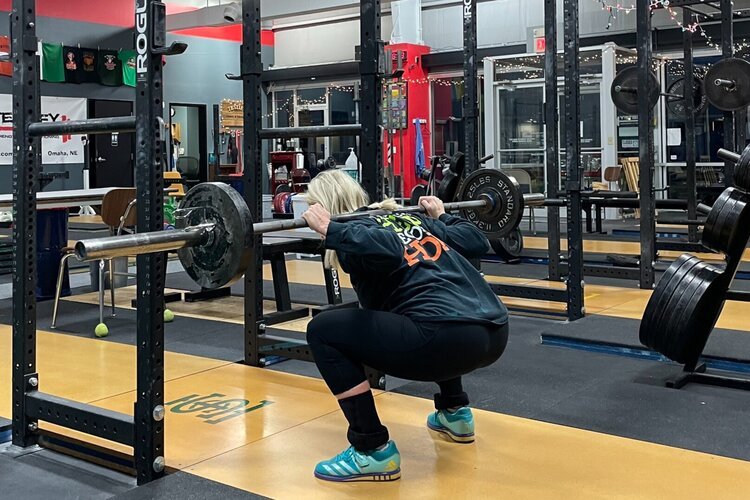This conversation illustrates a common problem with newer and even experienced lifters, which is that of trying to raise the chest prematurely when coming up out of the hole on the squat. In other words, they try to make their back angle more vertical right away on the ascent. We sometimes refer to this problem as “not staying in your hips,” and today, we’re going to solve this issue.
Remember, during the ascent of the squat, your back angle will eventually become more vertical - after all, we finish the squat in an upright (i.e., vertical) position. However, if you try to make it vertical too soon, it makes for a slower, more difficult squat. To avoid this problem, we cue people to “drive the hips” or “stay in your hips” as they come up out of the hole (very often, this cue is reduced to simply “Hips!”).


